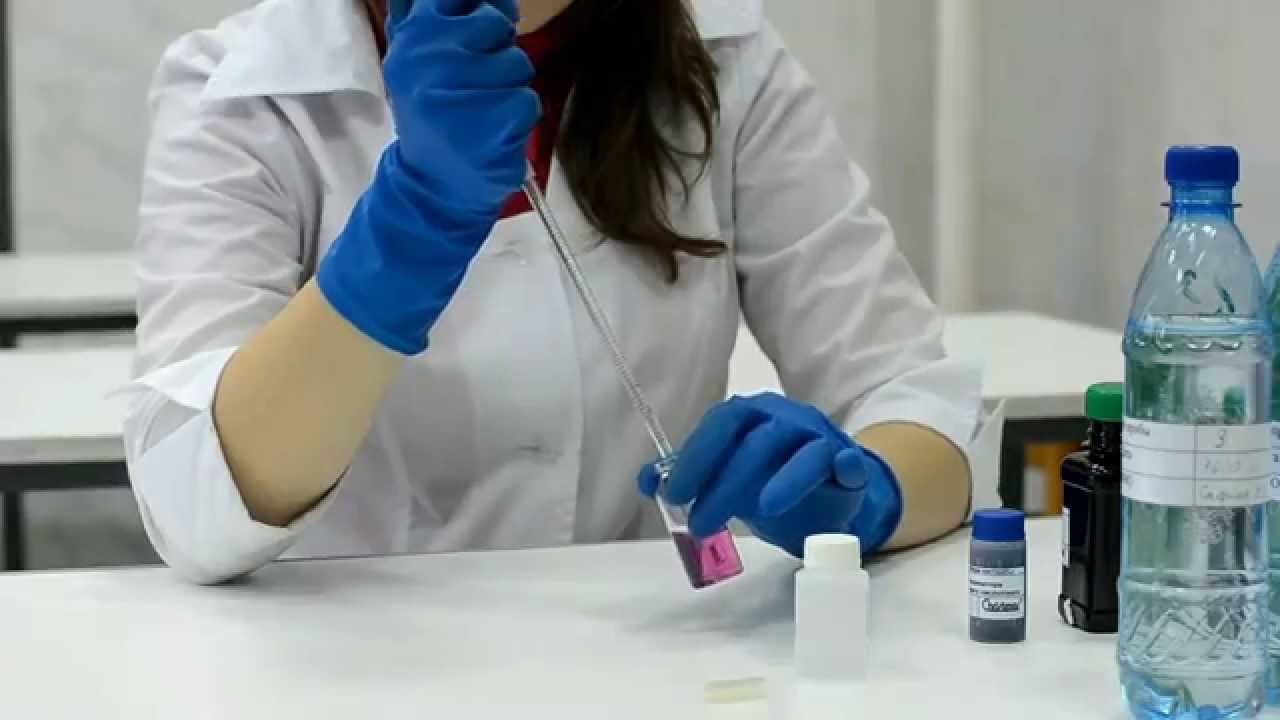Water hardness refers to the total amount of Mg2+ and Ca2+ concentrations in the water, and is one of the important indicators of water quality. Hardness can be divided into temporary hardness and permanent hardness: temporary hardness refers to the hardness formed by Ca(HCO3)2, Mg(HCO3)2 or CaCO3, MgCO3, which can be removed by heating and boiling; permanent hardness mainly refers to CaSO4, MgSO4, CaCl2, MgCl2, etc The hardness formed.
Generally, the hardness of natural surface water is relatively small. For example, the water of the Yangtze River is 4~7 degrees, and the monthly average hardness of Songhua River is 2~3 degrees. The hardness of groundwater, salt water and sea water is relatively large, generally 10~100 degrees, and some may even Reach several Baidu. Today, I will introduce some methods to detect water hardness by coordination titration.

Coordination Titration Method to Detect Water Hardness
To determine the total hardness in water, EDTA coordination titration is often used at present. Under the condition of pH=10 ammonia buffer solution, titrate with EDTA standard solution with chrome black T as indicator. The measurement principle is as follows:
Under the condition of ammonia buffer solution with pH=10, the indicator chrome black T and EDTA can form complexes with Mg2+ and Ca2, and the order of the stability of the complexes is CaY2>MgY2>MgIn>Caln. When the indicator chrome black T is added, chrome black T forms a purple-red complex with a small amount of Mg2+ and Ca2+ in the sample:
Mg2++HIn2- ⇌MgIn-+H+
Ca2++HIn2-⇌CaIn-+H+
After the start of the titration, EDTA first coordinated with the free Mg2+ and Ca2+ in the sample to form stable and colorless MgY- and CaY2- complexes:
H2Y2-+Mg2+ ⇌ MgY2-+2H+
H2Y2-+Ca2+ ⇌CaY2-+2H+
When the free Ca2+ and Mg2+ are completely coordinated with EDTA, since the stability of the CaY2- and MgY2- complexes is much greater than that of the CaIn- and MgIn- complexes, the continued dropwise addition of EDTA will deprive Ca2+ in the CaIn and Mgln- complexes. , Mg2+, free chrome black T, the solution turns from purple to blue, indicating the end point of the titration. reactionas follows:
H2Y2- + MgIn ⇌ MgY2- + HIn2-+H+
H2Y2- + CaIn-⇌CaY2-+HIn2-+H+
According to the concentration of the EDTA standard solution and the amount of titration, the total hardness can be calculated:Total hardness (mmol/L) = CEDTA VEDTA/V
In the formula, the concentration of CEDTA-EDTA standard solution, mol/L;
Volume of VEDTA-EDTA standard solution, ml;
V—The volume of the original water sample, ml.
It can be seen from the above reaction that H+ is generated in each step of the reaction in the determination process. In order to control the titration condition to pH=10, so that EDTA forms a stable complex with Ca2+ and Mg2+, so an ammoniacal buffer solution must be used to stabilize the solution. 的pH value. This uses the coordination titration method to detect the entire process of water hardness.



